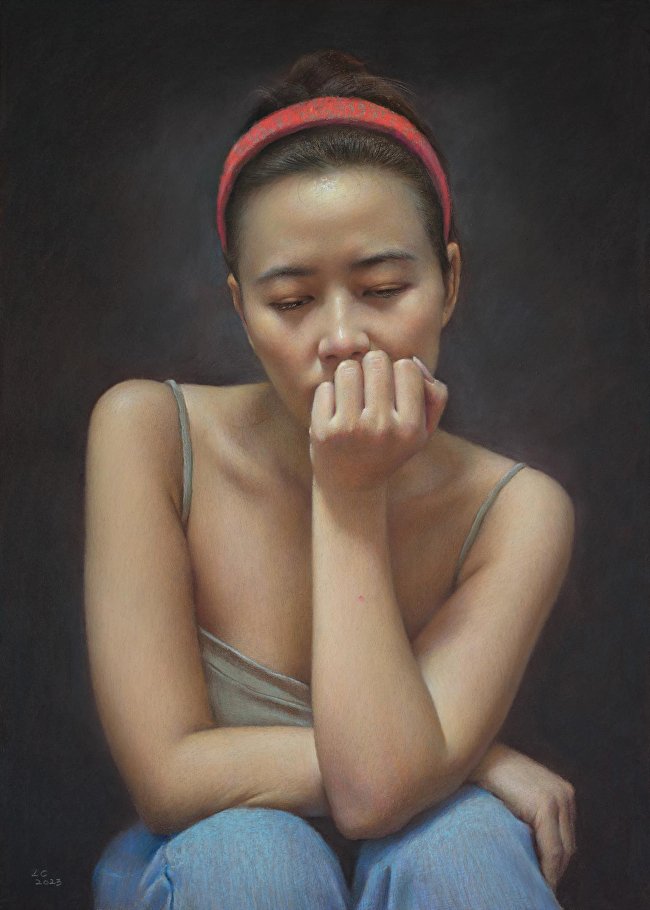The Art of Pastel
Oh, so luscious!
Soft pastel is a versatile and unique medium that offers a myriad of advantages to artists. With its vibrant colors, soft, velvety texture, and ease of use, soft pastel has become a popular choice for not only professional artists but also beginners. Let's explore some of the advantages of using soft pastel:
1. Intense Color
One of the most remarkable advantages of soft pastel is its ability to produce intense and vibrant colors. Soft pastel sticks are composed of pure pigment with a minimum of binder, which allows artists to achieve rich and luminous hues. The colors do not dull, yellow, or crack over time, ensuring that your artwork retains its original brilliance.
2. Blending and Layering Possibilities
Soft pastels are incredibly versatile when it comes to blending and layering. Artists can seamlessly blend colors together by simply using their fingertips, blending stumps, or tortillons. The soft and powdery texture of the pastels lends itself well to layering, enabling artists to create depth and complexity in their artwork.
3. No Drying Time
Unlike paints that require drying time, soft pastels are ready to use straight out of the box. Artists can instantly pick up a pastel stick and start working, allowing for a spontaneous and fluid creative process. This allows for quick exploration and experimentation, making it an ideal medium for plein air painting.
4. Direct Application
Soft pastels can be applied directly onto a variety of surfaces, including pastel papers, sanded papers, and even rough surfaces like sanded boards. The direct application of pastels offers a tactile experience, allowing artists to feel a direct connection between their fingers and the medium. This intimate connection can enhance the artist’s control and precision over the artwork.
5. Versatility
Soft pastels can be used for a wide range of artistic styles and techniques. Whether you prefer creating realistic landscapes, expressive portraits, or abstract compositions, soft pastels provide the flexibility to achieve your desired effects. The ability to work both in a loose and gestural manner as well as create detailed and refined work makes it an ideal medium for artists with varying styles.
6. Longevity
When used with proper care and framing techniques, soft pastel artworks can have exceptional longevity. Soft pastels are extremely stable and can retain their vibrant colors for years to come. Additionally, framing your pastel works under glass can protect them from smudging and dust, ensuring their preservation.
The origins of these beloved art materials can be traced back to the 16th century when European artists began experimenting with powdered pigments combined with various binders. However, it was only in the 18th century that the invention of the modern soft pastel as we know it today came to fruition, thanks to the innovations and contributions of artists like Jean-Baptiste Siméon Chardin. These luminous sticks of color quickly gained popularity among artists such as Edgar Degas and Mary Cassatt for their unparalleled ability to create bold, expressive strokes of optical vibrancy.
Today, soft pastels continue to captivate artists around the world, offering a versatile and dynamic medium that allows for the creation of breathtakingly beautiful and emotionally charged artworks. Whether you are a professional artist looking to explore new possibilities or a beginner looking to embark on your artistic journey, soft pastel can provide a delightful and rewarding creative experience.




